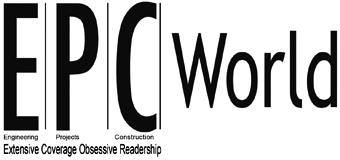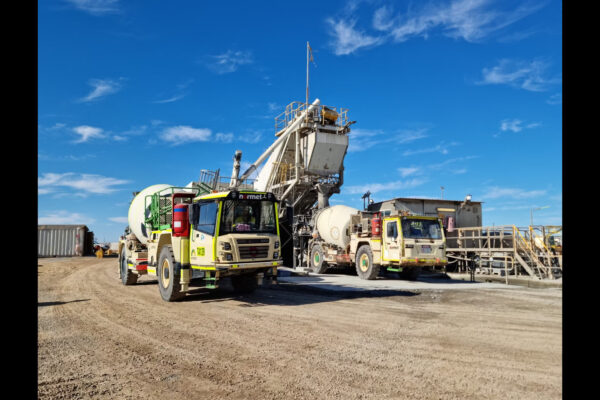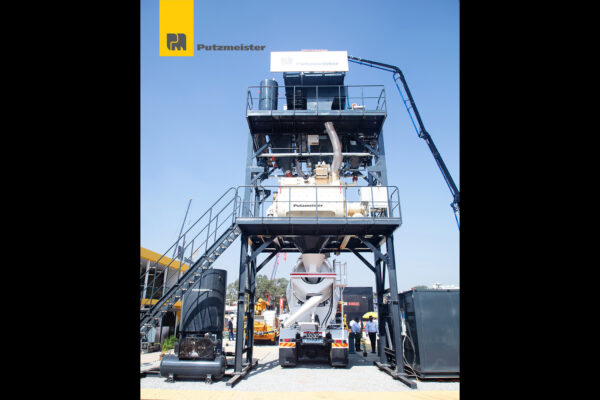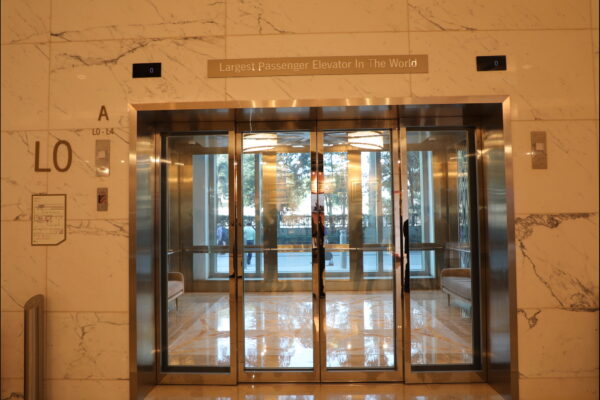Crisil Ratings: Construction equipment volume growth tepid at 2-4% on slow demand
India’s construction equipment industry will continue to clock a modest volume growth of 2-4% this fiscal and the next – similar to last fiscal – to about 1.45 lakh units, amid subdued domestic demand due to slower road construction, moderating real estate growth, and higher equipment costs to comply with the CEV-V1 emission norms rolled out from January 2025, even as strong overseas orders provide crucial support.
Revenue, however, is expected to rise 6-8% this fiscal and the next, driven by selective price hikes that partly offset higher compliance costs.
Firm export realisations and stable steel prices will help mitigate pricing pressure from low-cost imports, limiting the contraction in operating margin to ~11% from around 12% last fiscal.
A disciplined approach to capital expenditure will keep the companies’ leverage in check and credit profiles stable.
Our analysis of 17 manufacturers, accounting for nearly three-fourths of the industry volume, indicates as much.
Sales of construction equipment are driven by roads (40%), mining (25%), real estate (15%), and other sectors such as railways, water supply and power. In terms of product mix, earthmoving machinery accounts for ~70% of volume, with material handling (12%), concrete equipment (10%), road equipment (5%), and material processing equipment (2%) making up the rest.
In fiscal 2025, domestic sales accounted for ~90% of total construction equipment volume, and exports for the rest.
In the first half of this fiscal, overall volume fell 1% on-year, with a 35% exports jump mitigating the drop in domestic demand to some extent. For the record, ~1,900 km of roads were completed in the first six months of this fiscal, compared with ~3,700 km in the corresponding period of fiscal 2024; the year-ago period was subdued by a pause in project awards during the general elections.
Says Anuj Sethi, Senior Director, Crisil Ratings, “Road construction, a key demand driver, is expected to slow to 23-25 km per day this fiscal from 25-27 km in fiscal 2025 and 34 km in fiscal 2024, reflecting weaker project awards, erratic monsoon, stabilising real estate activity and higher equipment cost. Monsoon extended to October. The government’s focus on process streamlining and quality enhancement also tempered execution. Thus, faster awards and execution in the remainder of this fiscal will be crucial for completion of ~Rs 11 lakh crore infrastructure outlay. Moreover, sustained high infrastructure outlay and enhanced private capex will be essential to revive domestic demand next fiscal.”
The rationalisation of goods and services tax rates has had negligible direct impact on the industry as rates for construction equipment are unchanged at 18%. With domestic demand likely to remain flat, the expectation of 2-4% volume growth this fiscal and the next will hinge largely on a continuation of the strong export momentum.
Says Poonam Upadhyay, Director, Crisil Ratings, “The industry is set to gain global traction with the rollout of CEV-V norms in January 2025, aligning domestic equipment with international standards. While compliance has raised costs by 12-15%, it has enhanced product reliability and acceptability. The 35% export surge in the first half of this fiscal was driven by demand from Africa and Latin America. The new norms open access to advanced markets such as Europe, North America and Japan, where cost efficiency and compliance are critical. India’s ability to leverage these opportunities amid geopolitical tensions will be key, even as steady demand from existing regions keeps exports resilient.”
The industry’s growth trajectory will be shaped by several factors, including the pace of project awards, mining activity, and export traction. Performance next fiscal will hinge on effective implementation of the infrastructure budget, with swift on-ground execution crucial for driving growth.
Tags
















